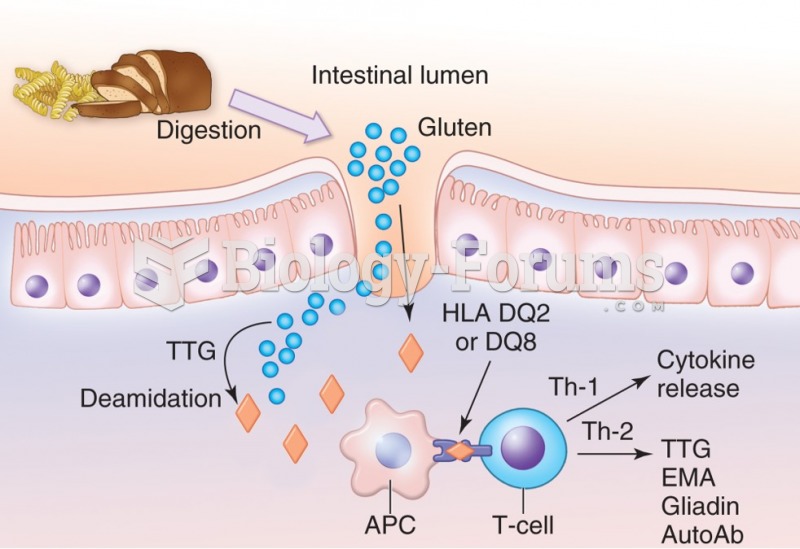Answer to Question 1
Answer: FALSE
Answer to Question 2
Answer: The natural increase rate (NIR) of a country is the percentage by which its population grows in a year. The term natural means that the country's growth rate excludes migration. Globally, the NIR during the early twenty-first century has been 1.2, meaning that the population of the world has been growing each year by 1.2 percent. About 82 million people are being added to the population of the world annually, considerably lower than the historic peak of 2.2 percent in 1963.
The crude birth rate (CBR) of a country is the total number of live births in a year for every 1,000 people alive in that country. A CBR of 15 means that for every 1,000 people in a country, 15 babies are born over a 1-year period. As with NIR, the highest CBRs are in sub-Saharan Africa, and the lowest are in Western Europe. Many sub-Saharan African countries have a CBR over 40, whereas many European countries have a CBR below 10.
The total fertility rate (TFR) of a country is the average number of children a woman will have throughout her childbearing years (roughly ages 15 through 49) in that country. To compute the TFR, we must assume that a woman reaching a particular age in the future will be just as likely to have a child as are women of that age today. The TFR for the world as a whole is 2.5. However, in sub-Sahara Africa it generally exceeds 5. TFR is 2 or less in nearly all European countries. We use TFR to help predict how women would behave in the future taking into consideration cultural changes.
Generally, NIR, CBR and TFRs are highest in sub-Sahara Africa and lowest in Western Europe.







